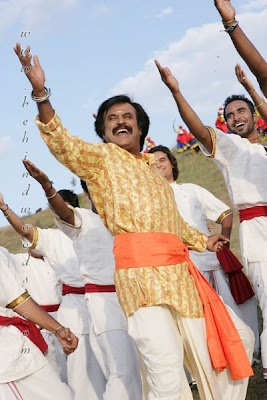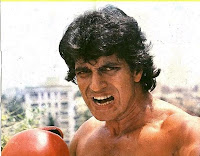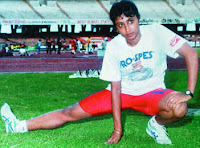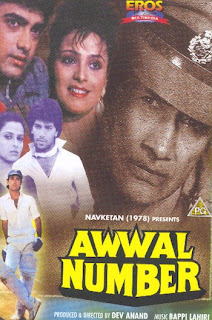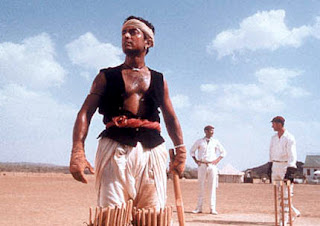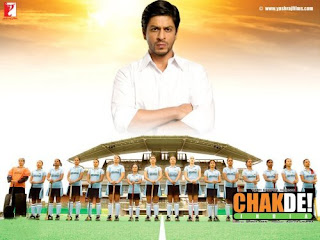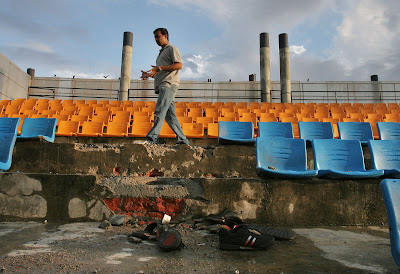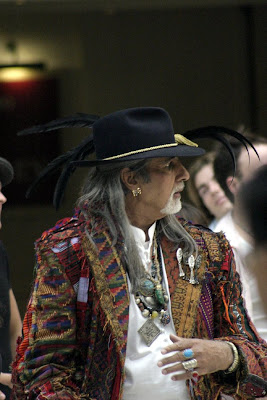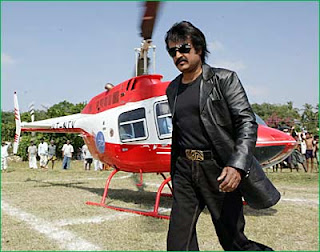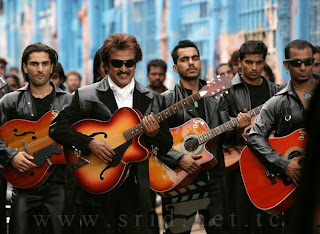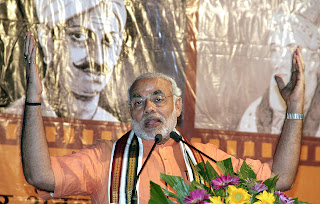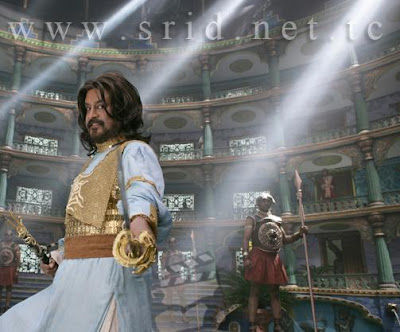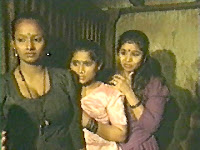 The new frontiers
The new frontierss the monsoon has set in the this nation, which is stretched from Himalayas to the Indian Ocean, the news of Sivaji-the Boss conquering one after another box office
records are also pouring in. In the hitherto untreaded parts of the country, where regional films were strictly a no-no till now, the film is
marching ahead to say the least. Not only in India, but even in overseas markets also it saw even the Hollywood blockbusters in the fray bite the dust in top ten charts. It seems that whole of India is rediscovering this Style King often derided for his mannerisms which many others have tried to ape but fail the produce the charm that Rajni has.
That also made the reigning Superstar of North India (devotees of Big B, please excuse me, but that’s the kind of address more often than not used in Tamil and other South Indian press) to attend a special screening of the film. The Boss was also there with him. And even BigB praised Rajni on the occasion. He has already praised the Thalaivar as the emperor of Indian cinema.
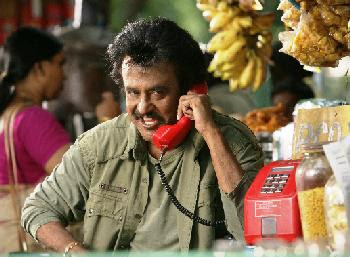
The next question
Now, question arises: Is Rajnikant the next movie icon of India? What Rajnikant has achieved is undoubtedly one of the biggest feats in movie industry in India as well as overseas. First of all, he climbed to the stardom in spite of any real backing from the industry. He has proved his mettle through his talents and mannerisms and most of all, his unparalleled ability to churn out films successively single handedly. In likes of MGR and Shivaji Ganeshan, not least Kamal Haasan, he created a place for himself that was unique in every sense. After appearing in some remakes of Amitabh Bachchan, he was described as Amitabh of Tamil movies.
Then in 1983, just eight years after he made his entry on silver screen, Rajnikant starred in the Hindi movie Andha Kanoon, which had Amitabh himself in what was said to be a `guest appearance’ role but extended to a large part of the film, convincingly. That success set up a train of some flicks, some of them making hay on box office while some bringing tears to the producers and distributors. Rajni then satisfied himself with some petty side roles in Bollywood while consolidating his position in his home (?) industry. But even so, his popularity and fan following in rest of India continued to grow. His image as an maverick was also reinforced through the new media like internet, even though there he was more present through the odd jokes.
But to speak of it, Rajinikant was the only non-Hindi actor to gain a large audience in the northern parts of India. His predecessors, like MG Ramachandran never quite entered in this specter, or some like Shivaji Ganeshan could only appear in one or couple of flicks. They never really have a base here. Even Kamal Haasan, who entered Hindi films with a bang through Ek Duje Ke liye (1980), could not make a mark here barring some odd films and a distant admiration from critics. (It was very later, in late ‘80s that Kamal made his re-entry through films like Appu Raja.) Chiranjeevi, Venkatesh, and Nagarjun…all these heroes came and went but except for registering their presence, they could hardly do anything. In that sense, Rajnikant was the first and only southern hero who could navigate the box office.
A large vacuum to fill
Now with Sivaji, Rajni has
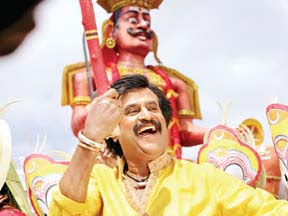
arrived on the centrestage and with what role, a man single-handedly taking the system by the horns. Many a Bollywood heroes had their careers built on this his image but in the last few years, in an era of globalization, Bollywood has largely discarded this category giving way to some ice-candy floss cinemas. While the former category of heroes and cinemas might appear old fashioned to some, in India these types of films do really capture the imagination of the people. That’s why actors in these types of films are more endeared to the public. This is the large vacuum, that now only Rajnikant can fill.
The process seems to have already started with Sivaji-the Boss gaining foothold even in non-Tamil speaking parts of India. If Rajnikant can bring the Tamil (or for that matter South Indian movie industry) with Bollywood, he will be the first to have this type of accomplishment. The day might be not far away when Bollywood, Kollywood and Tollywood would be amalgamated as one industry. The process has been already started with many a Tamil and Telugu films featuring prominent Hindi and Marathi artists in increasing numbers. And it will also be noted that the process was started by Rajni films whereby his Hindi films were dubbed in Tamil and vice versa (when the trend was almost non-existent.) His Dalpathi had Amrish Puri as the main villain.
In a nutshell, Rajnikant is set be a movie icon for the new India. Sivaji-the Boss’s collection records in UK and phenomenal rush it witnessed in Chicago, Muscat and Malaysia…you name it and he have it…only points to this fact. So toast to this new Sultan of the Indian Movies!
 Where would the English movie viewers go to watch their favorite and anticipated films? That is the question looming large in the minds of those who watch Hollywood stuff frequently. The regular theatres for the English movies are fast turning into endangered species. They are shrinking to exhibit the stuff in the fear of loosing the profit in the favor of dubbed movies. Dubbed movies also are fast encroaching on the space for the original Hollywood stuff.
Where would the English movie viewers go to watch their favorite and anticipated films? That is the question looming large in the minds of those who watch Hollywood stuff frequently. The regular theatres for the English movies are fast turning into endangered species. They are shrinking to exhibit the stuff in the fear of loosing the profit in the favor of dubbed movies. Dubbed movies also are fast encroaching on the space for the original Hollywood stuff.